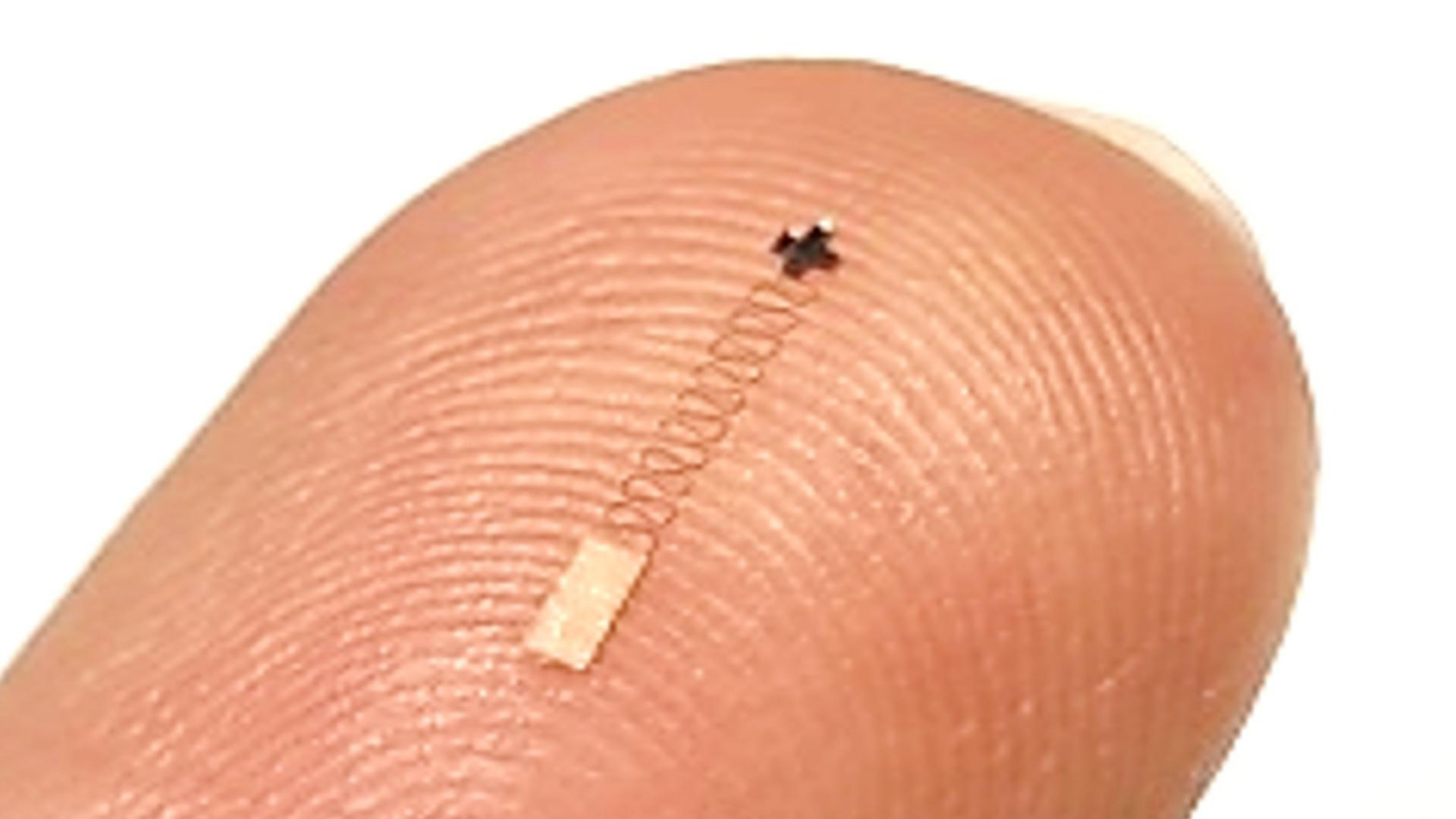I’m not interested in any implant devices to the brain.
I don’t mind the technology, the development or the potential for what is possible … I would really like to see where it could all go.
I just don’t trust the people who would make it, develop it and control it all
We need self hosted brain implant systems, haha
Based on how often my k3s cluster crashes, that’s a no thanks from me.
It’s less than twice a year, but that’s more than I’m willing to let my brain crash.
My own brain isn’t even open source lol. No idea who’s running that shit but it can’t be me. I certainly can’t customize it or anything.
Hahaha, too relatable
Well this is actually a sensor and not an implant, but I also would need to trust the makers before I put this on my head.
You’re not a paraplegic, are you?
I don’t have a leg to stand on with most online debates … but I am able to walk and talk
Oh, cool, more BCI. I published in this field.
My only concern is how tenable it would be to deploy a bunch of these sensors. EEGs get coverage of the entire brain (surface, not a lot of deep brain activity). Would anyone be willing to wear hundreds, if not thousands, of micro-needles in their scalp?
If it meant controlling a prosthetic, probably. But general commercial devices - probably not.
Do prosthetics need to read from the whole brain, or can it be well approximated with only certain spots?
The motor cortex is located in about the same spot in everyone, to my knowledge - I don’t know of any reported exceptions. The pre-central gyrus. Within, motor neurons are organized in specific regions that control specific body parts. Again, I don’t know of any reported exceptions - my understanding is everyone’s motor cortex has the same organization. It’s known as the cortical homunculus. https://en.wikipedia.org/wiki/Cortical_homunculus#Motor_homunculus%3Fwprov=sfla1
So by reading output from a small group of neurons, yes, you could control a prosthetic limb. It’s been done a few times, actually! But, you typically need more precision than comes from an EEG electrode, so all the examples I can think of are using invasive electrodes.
In fact, the sensory system of the brain has a very similar organization - along the postcentral gyrus, and the same stereotyped organization within. If you could stimulate the correct region of the sensory cortex, you could create a prosthetic that allows you to feel.
There are some more technical limitations though - there’s different types of sensation (e.g., pain, temperature, proprioception (position in space), texture, etc.) that are controlled by different receptors in skin and have different wires connecting to the brain. You’d have to be very careful about what you stimulate. And, any implant that delivers electricity to the brain, with our current technology, has a limited lifespan due to the brain’s immune system rejecting the implant (this is the aspect I studied).
I have a near-invisible tiny brain. This is perfect for me and my sensing needs!
I’m curious if this could work for prosthesis/ BCI while being implanted in an arm so as to avoid the issues of brain surgery.
Probably not. To get input from the brain, you need to place a sensor near it. But this device doesn’t get inserted into the brain, it sits in the scalp.
There are plenty of non-invasive brain reading technologies though, like EEG and near-infrared spectroscopy. They’re just big and bulky with low resolution.
Edit: in the case of prosthetics, it depends on where the disconnect is. If the brain and spinal cord are intact and the issue is in the periphery, yes, you can read the signal far away from the brain (namely the spinal cord) and then work from there.








